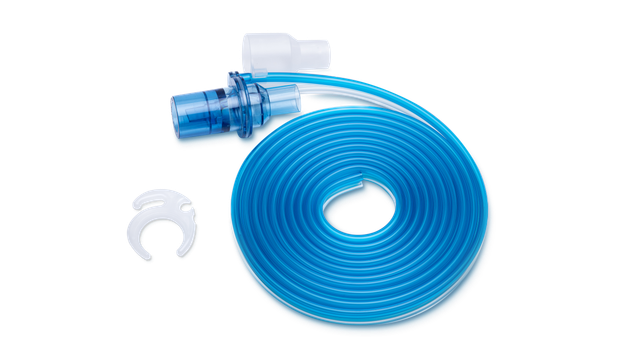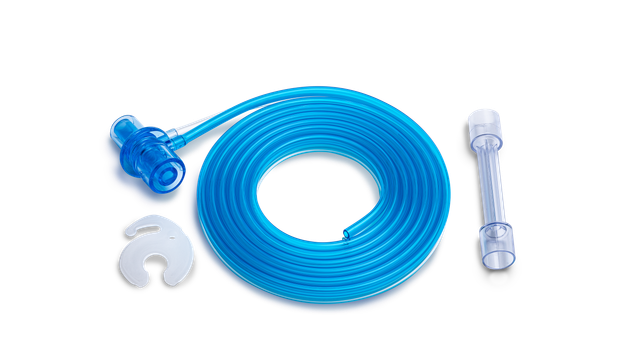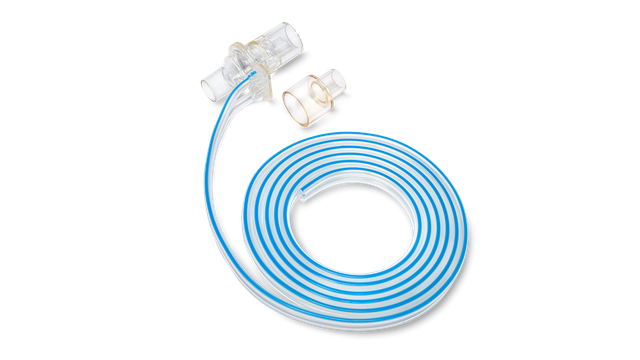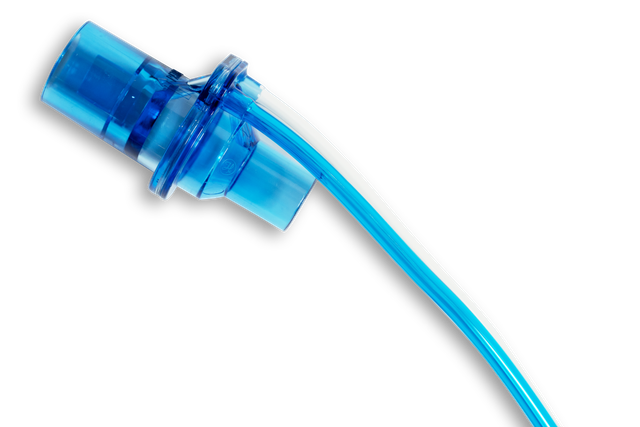
靠近点! 近端流量测量
从 1983 年,近端流量传感器一直是我们呼吸机的中心部件。整个通气过程依赖流量传感器的测量和准确度,而且他们提供气道开口的数据。
精确的容量、流量和压力数据对进行正确诊断和避免通气设置不当的常见副作用至关重要。同时还依靠它实现我们的一些高级技术,例如 ASV 和 INTELLiVENT‑ASV 模式、IntelliSync+ 及 P/V Tool。

准确度非常重要。 您的病人需要它。
我们的呼吸机可测量病人气道附近的流量和压力。研究表明,通气病人的潮气量应通过放置在气管插管的流量传感器来进行测定 (

我们有证据吗? 临床证据
准确测定呼出潮气量 (VTE) 至关重要 (
对于您的优点:
- 近端放置可消除呼吸管路顺应性对流量和容量测量的影响 (
Cannon ML, Cornell J, Tripp‑Hamel DS, et al.Tidal volumes for ventilated infants should be determined with a pneumotachometer placed at the endotracheal tube.Am J Respir Crit Care Med.2000;162(6):2109‑2112. doi:10.1164/ajrccm.162.6.99061121 ) - VTE 测量受呼吸系统阻力影响较小 (
Nève V, Leclerc F, Noizet O, et al.Influence of respiratory system impedance on volume and pressure delivered at the Y piece in ventilated infants.Pediatr Crit Care Med.2003;4(4):418‑425. doi:10.1097/01.PCC.0000090289.98377.153 ) - 减少可能改变结果的泄露情况发生 (
Al‑Majed SI, Thompson JE, Watson KF, Randolph AG.Effect of lung compliance and endotracheal tube leakage on measurement of tidal volume.Crit Care.2004;8(6):R398‑R402. doi:10.1186/cc29544 )
我们的流量传感器产品组合
我们提供适用于成人、儿童及新生儿病人的 Hamilton Medical 哈美顿医疗公司耗材。您可根据您的机构政策选择可重复使用产品或一次性产品。

客户评语
Hamilton Medical 哈美顿医疗公司一次性流量传感器帮助我们防止交叉污染,因为我们没有必要担心在另一名病人身上重复使用流量传感器。
Robert Lopez 博士
呼吸治疗主任(直至 2018 年)
美国德克萨斯州拉伯克大学医疗中心
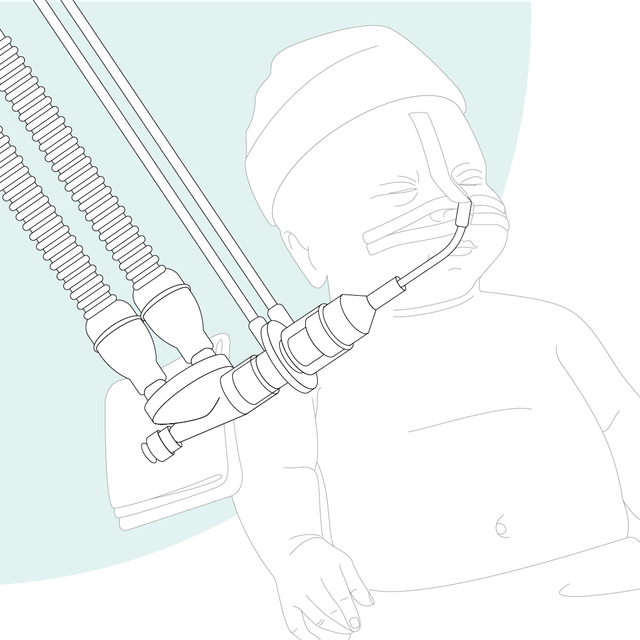
有关更多信息
参考文献
- 1. Cannon ML, Cornell J, Tripp‑Hamel DS, et al. Tidal volumes for ventilated infants should be determined with a pneumotachometer placed at the endotracheal tube. Am J Respir Crit Care Med. 2000;162(6):2109‑2112. doi:10.1164/ajrccm.162.6.9906112
- 2. Gammage, Gary W.; Banner, Michael J.; Blanch, Paul B.; Kirby, Robert R. VENTILATOR DISPLAYED TIDAL VOLUME‑WHAT YOU SEE MAY NOT BE WHAT YOU GET, Critical Care Medicine: April 1988 ‑ Volume 16 ‑ Issue 4 ‑ p 454
- 3. Nève V, Leclerc F, Noizet O, et al. Influence of respiratory system impedance on volume and pressure delivered at the Y piece in ventilated infants. Pediatr Crit Care Med. 2003;4(4):418‑425. doi:10.1097/01.PCC.0000090289.98377.15
- 4. Al‑Majed SI, Thompson JE, Watson KF, Randolph AG. Effect of lung compliance and endotracheal tube leakage on measurement of tidal volume. Crit Care. 2004;8(6):R398‑R402. doi:10.1186/cc2954


